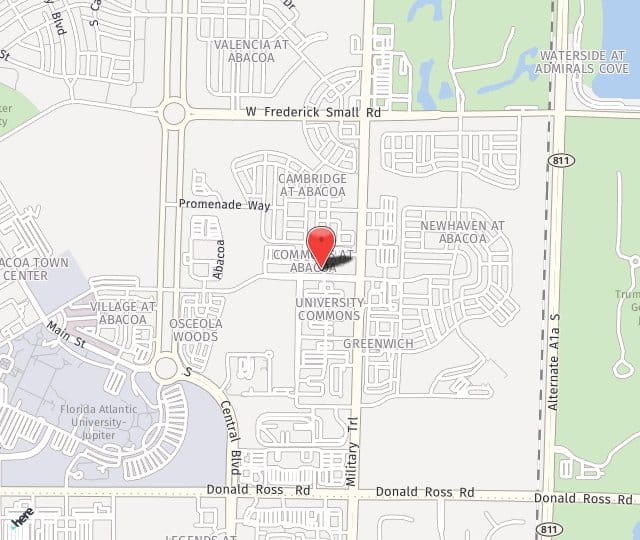Mohs micrographic surgery is a treatment for skin cancer. involving removal of cancerous tissue in small sections by the Dermatologist. Because it may be necessary to remove many layers of skin to completely excise the lesion, large wounds can be left behind. Dr. Deziel provides reconstructive plastic surgery to repair the defects after Mohs surgery, and often will coordinate with the Dermatology office so the patient can have reconstruction of the site immediately after Mohs surgery.
Types of Mohs-Surgery Reconstruction
Reconstruction after Mohs surgery can be performed on the same day of the surgery, or at a later date. Each case is different but, in general, when Mohs-reconstruction surgery is performed depends on the location of the tumor, its size, and how far it extends beneath the skin. Unless a decision is made to let the wound heal by itself, the following techniques are used for reconstruction:
- Stitching the wound closed
- Skin graft (skin is taken from another part of the body)
- Skin flap (skin is shifted from a nearby area)
Benefits of Mohs-Surgery Reconstruction
Although one of the benefits of Mohs surgery is that it removes only as much tissue as necessary, in some cases, the wound left behind is unsightly. Reconstruction following Mohs surgery is particularly beneficial for a patient who is distressed by a wound or scar on the face or other visible area. The purpose of reconstruction is cosmetic; it attempts to make the skin look much as it did pre-Mohs surgery, so that the patient does not feel self-conscious. The quality of the results from reconstruction will vary from patient to patient based on factors that range from the location of the wound to the patient's ability to heal.
Risks of Mohs-Surgery Reconstruction
As with any surgery, risks of Mohs-surgery reconstruction include bleeding and infection. Although rare, its specific risks include nerve damage, skin grafting that does not "take," and permanent scarring.

